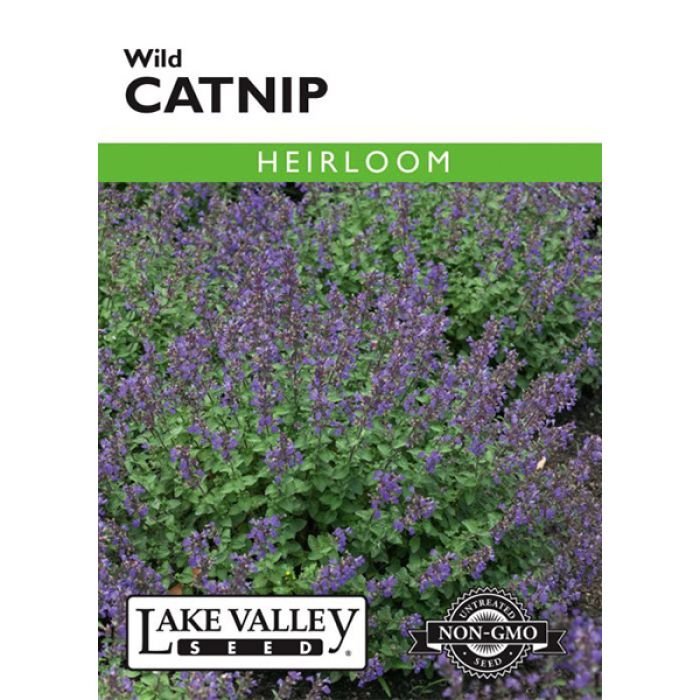Nepeta, Catnip, Wild Catnip, 0.25g

- Sun Preference
- Full-Sun
- Bloom Time
- Late Spring, Summer, Fall
Description
Nepeta cataria
Matures In: 80 days
Type: hardy perennial
Catnip, or catmint, is a perennial herb found growing wild throughout North America and Europe. Its spikes of pale purple blossoms attract bees and other pollinators. Catnip makes a relaxing bedtime tea for humans, and is a favorite treat for cats.
Seed Starting Successfully
Start your garden from scratch with Gertens' wide variety of seed packets! Whether you're a seasoned gardener or just starting out, we have seeds for every skill level and garden size. From colorful flowers to delicious vegetables, our seeds are carefully selected for their quality and performance.
Details
Planting & Harvesting
Seed Depth: 1/8″ (3mm)
Plant Space: 18″ (46cm)
Row Space: 24″ (61cm)
Sprouts In: 7-10 days
Sow outdoors in late fall or early spring in average, well-drained soil and full sun to part shade. Or start indoors two to three weeks prior to last spring frost. Catnip is easy to grow in just about any soil, and does well even in dry areas.
Cut previous year’s dried stems to encourage new production. Harvest individual leaves as needed. Leaves can be dried for later use.
More Information
| Brand | Lake Valley Seed |
|---|---|
| Seed Packet Type | Herbs |
| Common Family Name | Catmint |
| Sun Preference | Full-Sun |
| Bloom Time | Late Spring, Summer, Fall |
| Plant Life Cycle | Hardy Perennial |
| Spacing Between Rows | 24" |
| Spacing in Row | 18" |
| Planting Depth | 1/8" |
| Days to Germination | 7-10 days |
| Days to Maturity | 7-10 days |


